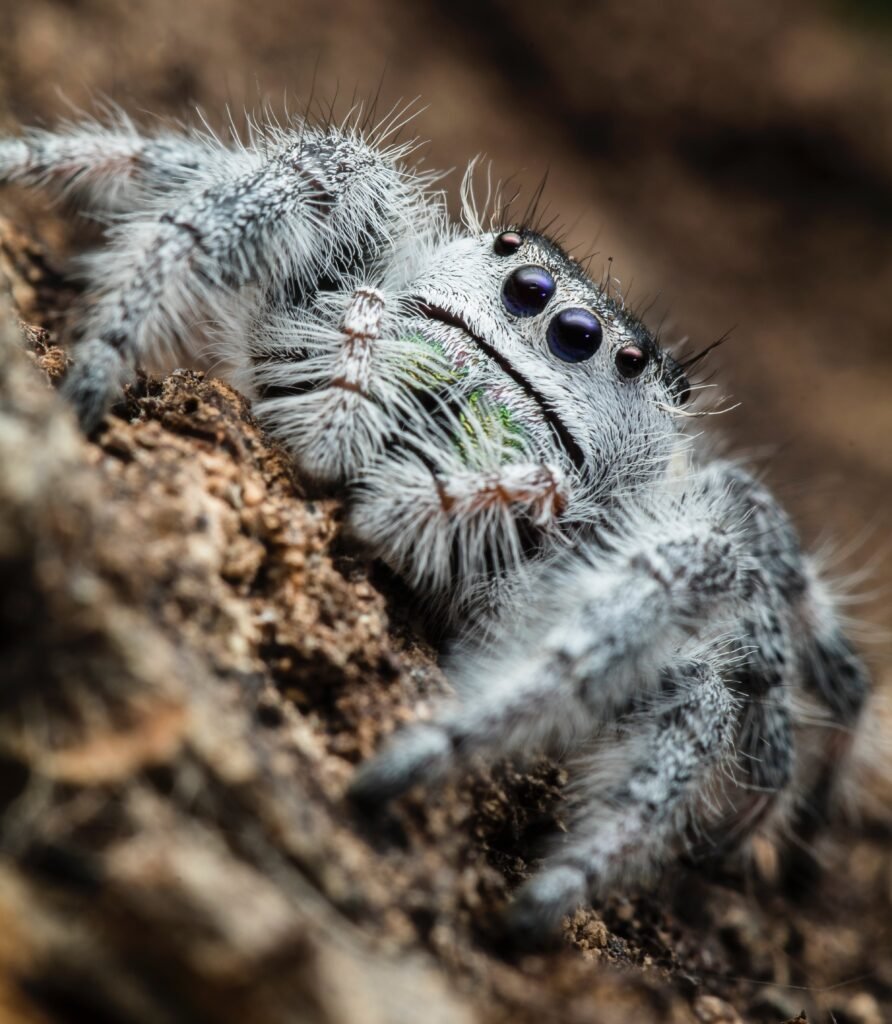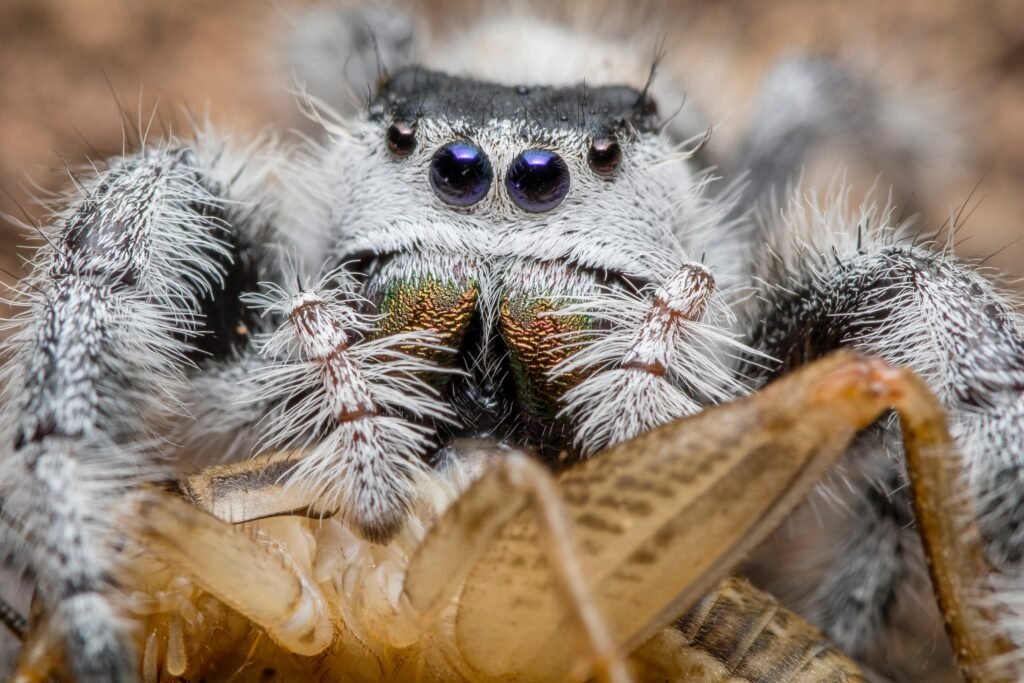Have you ever wondered about the intricate relationship between tarantulas and their environment? In this article, we explore the fascinating world of tarantula predation and the crucial role that environmental factors play in shaping these hairy creatures’ hunting habits. From temperature and humidity to the abundance of prey, we uncover how the surroundings contribute to tarantulas’ predatory behavior. So, grab a cup of tea and join us on this journey as we unravel the secrets of nature’s eight-legged wonders.
Environmental factors affecting tarantula predation
Tarantulas, being ectothermic creatures, are heavily influenced by their environment when it comes to their predation behavior. Several environmental factors contribute to their hunting success and ability to find and capture prey. In this article, we will explore various environmental factors that affect tarantula predation and delve into their significance in the tarantula’s natural habitat. By understanding these factors, we can gain insights into how tarantulas adapt and thrive in different ecological conditions.
Temperature
Temperature plays a crucial role in tarantula predation. Like many other arthropods, tarantulas are highly dependent on the surrounding temperature for their metabolic activities and hunting behavior. The optimal temperature range for tarantula predation varies depending on the species, but it generally falls between 70 to 85 degrees Fahrenheit.
During the colder months or in regions with cooler climates, tarantulas may experience a decline in activity and feeding. Low temperatures can slow down their metabolism, making it difficult for them to capture prey efficiently. On the other hand, extremely high temperatures can also be detrimental to tarantula predation. Excessive heat can lead to dehydration and reduced activity, affecting their ability to hunt effectively. Therefore, maintaining an optimal temperature range is essential for tarantulas to thrive in their environment.

Humidity
Humidity levels greatly influence tarantulas as they require a certain level of moisture to survive. Maintaining an optimal humidity range ensures that tarantulas’ respiratory systems function properly, helping them capture and consume their prey effectively. The ideal humidity for tarantula predation usually falls between 60% to 80%.
High humidity can create a favorable environment for tarantulas, enabling them to maintain their hydration levels and aiding in their hunting efficiency. However, excessive humidity can lead to fungal growth and bacterial infections, adversely affecting tarantula health and predation. Conversely, low humidity levels can result in dehydration, impairing their hunting abilities and overall survival. It is crucial to strike a balance to ensure tarantulas can thrive and carry out effective predation.
Vegetation
Vegetation plays a vital role in the habitat of tarantulas, particularly for those species that dwell on the forest floor or in areas with dense vegetation. Vegetation provides shelter, camouflage, and hunting opportunities for these arachnids. It also influences their ability to capture prey by affecting visibility and accessibility.
Dense vegetation provides tarantulas with ample hiding spots to ambush their prey. They can blend effortlessly into the surroundings, making it easier to remain undetected and capture unsuspecting insects. On the other hand, sparse vegetation may make it harder for tarantulas to conceal themselves, reducing their hunting success. Additionally, certain species of tarantulas rely on specific plants for shelter or as a signaling mechanism for mating. Overall, the presence and density of vegetation greatly impact the habitat suitability and predation efficiency of tarantulas.

Elevation
Elevation significantly affects tarantula populations and their hunting behavior. Different species of tarantulas have varying altitudinal ranges they inhabit, and their abundance can fluctuate with changing elevations.
At higher altitudes, where temperatures are cooler, tarantulas may be less abundant due to the limitations on their metabolic activities imposed by the lower temperatures. They may also face challenges in finding sufficient prey. Conversely, in lower altitudes with warmer temperatures, tarantulas may thrive and exhibit more active predation behavior.
Moreover, altitude can influence the tarantulas’ preferred habitats. Some species are better adapted to mountainous regions, while others fare better in lowland areas. The specific behaviors and adaptations of tarantulas at different elevations are still the subject of scientific research, but it is evident that elevation plays a significant role in shaping their predation patterns.
Availability of prey
The availability of prey directly impacts tarantulas’ ability to hunt and survive. As sit-and-wait predators, tarantulas rely on a steady supply of insects and other small arthropods to fulfill their nutritional needs.
When prey is abundant, tarantulas have an easier time finding and capturing their food. This abundance contributes to their growth and reproductive success. However, during periods of prey scarcity, tarantulas may face challenges in locating suitable prey. This can result in low feeding rates and potentially hinder their overall survival and reproductive capabilities. The availability of prey greatly influences the population dynamics and predation success of tarantulas in their respective habitats.

Light and darkness
The circadian rhythm and preferred activity patterns of tarantulas are closely tied to the alternation between light and darkness. Most tarantulas are primarily nocturnal, meaning they are more active during the nighttime hours.
Nocturnal tarantulas have well-developed night vision that allows them to navigate and hunt effectively in low light conditions. They use their specialized setae on their legs to detect vibrations caused by their potential prey, enabling them to locate and capture it with precision. While their vision is limited compared to diurnal species, tarantulas have adapted to thrive in darkness by relying on their other sensory abilities.
Hunting during daylight can be risky for tarantulas due to increased visibility to predators and reduced chances of surprising their prey. However, certain diurnal tarantula species have evolved to take advantage of daytime hunting opportunities. They possess adaptations like improved vision and vibrant coloration to aid in their hunting success during daylight hours. Nevertheless, the majority of tarantulas exhibit a preference for hunting under the cover of darkness.
Seasonal variations
Seasonal fluctuations have a profound impact on the behavior and activity of tarantulas. Changes in temperature, humidity, prey availability, and other environmental factors during different seasons can significantly influence their predation patterns.
During the warmer months of spring and summer, tarantulas tend to be more active, displaying increased feeding and hunting behaviors. The rise in temperature and humidity during these seasons provides favorable conditions for their metabolic activities and prey availability.
In contrast, cooler seasons like autumn and winter may result in reduced tarantula activity and limited predation. Lower temperatures can slow down their metabolism, leading to decreased hunting success and appetite. Prey populations may also decrease during these seasons, further hampering their ability to find food.
Understanding the seasonal variations in tarantula activity and predation is essential for comprehending their life cycles and how they adapt to changing environmental conditions throughout the year.

Habitat type
The type of habitat in which tarantulas reside has significant implications for their predation strategies and success rates. Two main habitat types preferred by tarantulas are terrestrial and arboreal habitats.
Terrestrial tarantulas predominantly inhabit areas such as forests, grasslands, and deserts. In these habitats, they rely on their burrows or natural shelters to hide and ambush their prey. The presence of suitable soil or substrate for burrowing is vital for the survival and successful predation of terrestrial tarantulas.
Arboreal tarantulas, on the other hand, make their homes in trees and vegetation. They employ their agility and specialized leg adaptations to navigate the branches and capture prey. The availability of suitable trees and branches with adequate hiding spots and anchor points significantly impacts the arboreal tarantula’s hunting behavior and success.
The structure and features of the habitat, as well as the tarantula’s preference and adaptations, contribute to their predation efficiency and overall survival in their respective habitats.
Human activities
Human activities have considerable implications for tarantula predation and population dynamics. While tarantulas have been largely resilient to human presence, certain activities can disrupt their habitats and impact their ability to hunt and survive.
Deforestation poses a significant threat to tarantula populations. As their natural habitats are destroyed, tarantulas lose their shelter and hunting grounds. They may also face challenges in finding suitable prey due to the disruption of the ecosystem. The loss of habitat directly affects their feeding rates, breeding success, and overall population numbers.
Urbanization and habitat fragmentation also pose risks to tarantulas. As cities expand and natural areas are converted for human use, tarantulas lose their habitat and struggle to find suitable replacements. The use of pesticides and insecticides in urban areas can further contribute to their declining populations, as these chemicals can directly impact tarantulas and their prey.
It is crucial for human activities to be conducted with consideration for the preservation of tarantula habitats and the maintenance of healthy ecosystems. Conservation efforts and promoting sustainable practices are vital for ensuring the survival of these fascinating creatures.
In conclusion, environmental factors play a crucial role in tarantula predation. Temperature, humidity, vegetation, elevation, prey availability, light and darkness, seasonal variations, habitat type, and human activities all contribute to the hunting success and survival of tarantulas. By understanding and appreciating the significance of these factors, we can work towards ensuring the conservation and well-being of these intriguing arachnids in their natural habitats.

